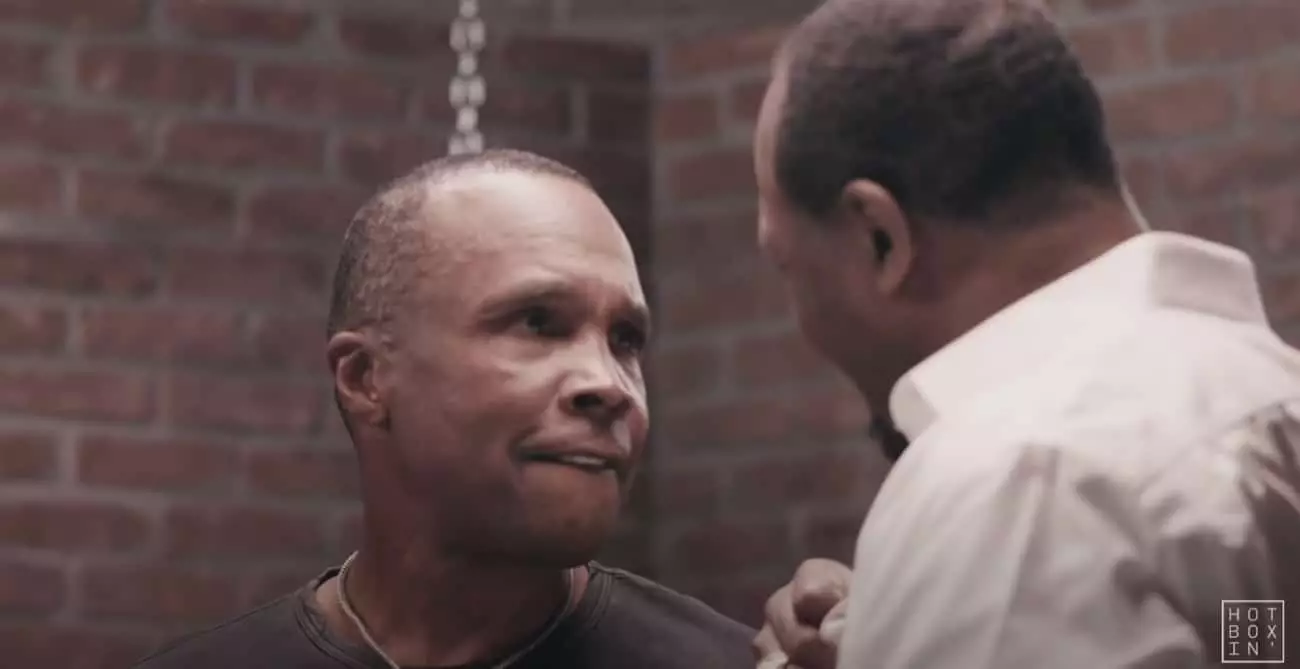The anticipation surrounding the impending bout between Manny Pacquiao and Mario Barrios cannot be overstated. When the likes of Sugar Ray Leonard comment on the fight, it’s a clear indicator that this event transcends the mere spectacle of boxing; it embodies the essence of resilience and the complex narratives that surround high-profile matches. While the boxing community generally exhibits concern regarding Pacquiao’s return, especially at the ripe age of 46, the input from Leonard, a seasoned champion himself, prompts deeper reflections on the mental and emotional aspects of comeback stories.
The Heart of a Champion: What It Takes to Return
Leonard’s perspective highlights an often-overlooked element in the discussions about fighters’ returns: the psychological impact. According to Leonard, adapting to the rigors of intense training and the acceptance of physical contact in the ring are pivotal. His own comeback against Marvelous Marvin Hagler was not merely a physical endeavor; it required a mental fortitude and an intrinsic passion for the sport. Pacquiao’s journey mirrors this sentiment, as he prepares to step back into the ring after four years, with the weight of expectations heavier than ever.
The question arises: what does it mean for a champion to return to the arena after years away? The laughter from fans and the doubt from critics is almost an unspoken language in boxing. Yet, as Leonard so candidly states, fighters often overlook the potential absurdity of their challenges. Instead, they focus on the thrill, the adrenaline, and the honor of the sport—elements that significantly influence their decision-making.
Age and Motivation: A Double-Edged Sword
The stark contrast in age is a critical point of contention in the ongoing discourse. At 30, Leonard faced Hagler with the vigor of youth and an undying love for the sport. In contrast, Pacquiao—who recently endured a politically tumultuous journey—demands scrutiny regarding his motivations. The narrative suggests that financial strains following his presidential campaign have compelled him to return, raising ethical questions about whether financial need should dictate a fighter’s return to the ring.
While many may argue that money should not be the driving force for a champion, one must also consider the numerous sacrifices fighters make throughout their careers. The pursuit of greatness often intertwines with financial stability, blurring the lines between passion and necessity. This delicate balance places Pacquiao in an intriguing yet precarious position.
Pacquiao’s Legacy: Not Just About the Fight
Ultimately, this upcoming fight is more than just a physical bout between two athletes; it serves as a canvas on which to explore the legacy of a fighter. Pacquiao, an icon known for his relentless spirit, confronts the universal fear of aging, decline, and the longing to recapture former glory. The fight against Barrios isn’t just another contest but a pivotal moment for Pacquiao to redefine his legacy in the annals of boxing history.
This narrative fosters a deeper appreciation for the sport, prompting fans and analysts alike to ponder: can an aging icon triumph once more, or does the weight of time prove insurmountable? In the face of skepticism, perhaps all that remains is the indomitable spirit of the fighter—the relentless pursuit of excellence that defines the very nature of boxing. As the clash draws near, all eyes will undoubtedly remain fixed on whether history will repeat itself, with Pacquiao aiming to shock the world yet again.


Leave a Reply